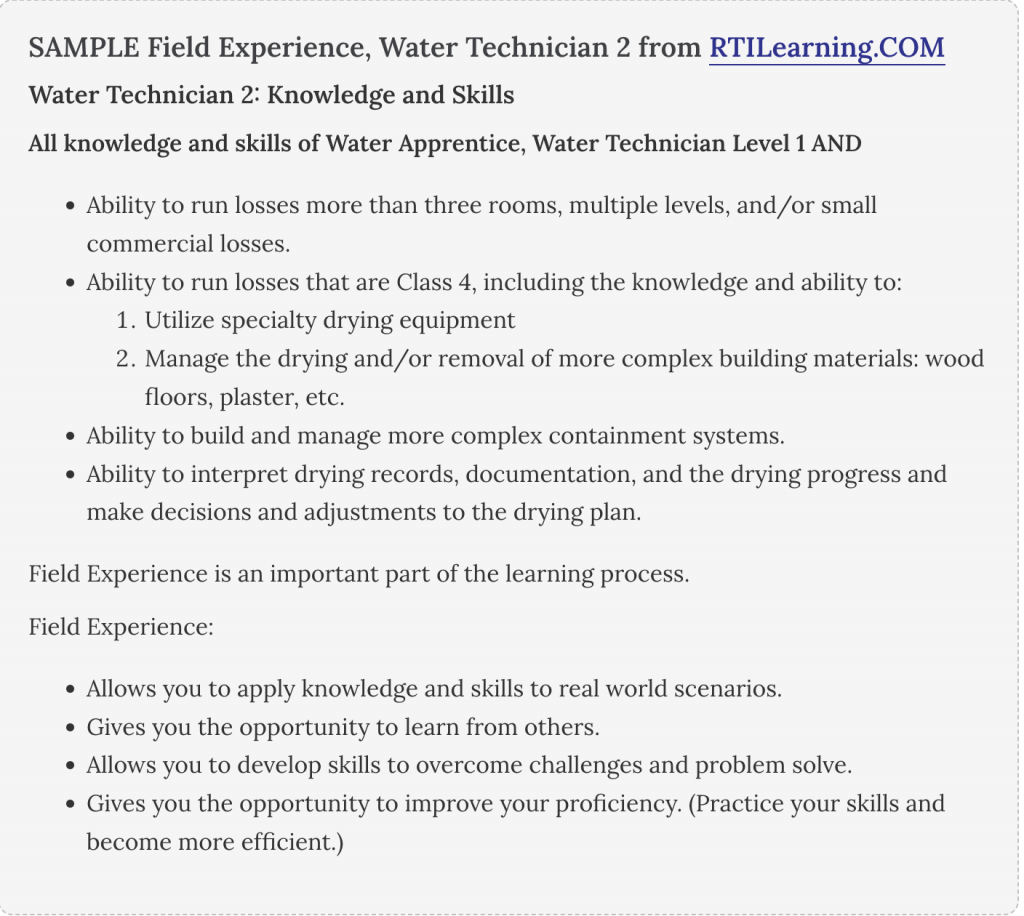 Why is letting go so hard? As a recovering micromanager myself, it often sounds like this:
Why is letting go so hard? As a recovering micromanager myself, it often sounds like this:
- Nobody will do it as well as me or do it right. How do you know if you do not give them a chance?
- It is easier to do it myself. Have you tried to clearly define how to do it?
- It is too hard to do. Not everything we are doing is that hard and others can do difficult things.
- You do not have time to train anybody. And you never will – if you do not let go.
- I need to know what is going on. You can with the right systems, processes, reporting, and visibility.
- Nobody else cares as much as I do. How can you be sure of that and how can you change that? Why don’t they care?
- I cannot find the right person. The right person will not be a magic wand.
Resistance to letting go is the nemesis of growth. When you let go:
- You grow, not only potentially in rank or size of the company you are leading, but you also grow professionally. Your leadership and management abilities get challenged and honed while you let go to grow.
- Your Company can only grow if many more people can do what needs to be done in alignment with company objectives.
- Others are given the opportunity and the tools to grow in their positions if they are given the chance.
The following are a few tips to help let go; some of these tips are interdependent. For example, if you use the 70% rule of delegation, you should also have checks and balances, systems, and the ability to review key metrics and information. These are tips that I personally have employed. The benefit of employing them is that you, your company, and others can grow. You can get time to rest and recharge and pursue opportunities that help your company thrive.
- Develop Repeatable Processes And Best Practices: This is not as hard as it sounds. Once you identify the task, start breaking down the steps and best practices that create the desired outcomes. This will be the guideline for others to follow. Document and communicate to the person(s) who will be responsible.
- Give People The Opportunity To Establish A Do-It-Better Mindset: This tip is more about changing your view. Instead of thinking, nobody will do it better than me, think about the opportunity of someone doing it better than you did. This is possible when given clear expectations, a road map, and trust.
- Consultant Or Coach: It is okay to seek help. If you know that you are having trouble letting go and it is stagnating your growth, consultants and coaches can help you overcome the mental blocks, as well as the process and strategy to employ the letting go in your company.
- Reports, Metrics, Information: Maintaining a reporting system that allows you to monitor processes and outcomes is key to making sure that everything you let goes of is running smoothly. Whether it is one functional unit that you are managing or an entire company, there are a variety of ways to keep your pulse on things without doing it all yourself. Be disciplined in your reviewing of reporting systems. A functional unit or an entire company is never going to be “set it and forget it,” Ron Popeil
- Respect The Chain Of Command: As you let go, the process may entail establishing reporting lines and chains of command. Be careful with the transition and selection of those to who you have entrusted to do their job. If you break the chain of command to transfer some responsibilities, your efforts may be futile, and you are not giving trust and opportunity to the person assigned the responsibilities.
- Use The 70% Rule Of Delegation: Many years ago, I was exposed to this concept. It has had a profound impact on how I make decisions on assigning myself a task or delegating. I use the 70% rule daily as a “still in recovery” micromanager. There are many things we all want to do ourselves because we either like doing them or we think we can do better than anyone else. The reality is that if we stop there and act, we will stagnate ourselves, the company, and others.
When making these decisions, and setting aside the fact that someone may be able to do more than 100% of what you do, I sometimes employ a part two of the thought process. What is the worst thing that would happen if it were done 70%?
As an actual and maybe ridiculous example, I want to order all the food for our classes. I want to control the food; nobody will get just the right combination and quantity. I need to let it go and trust and if by the slight chance that we do not have bananas one morning or 50 pounds of extra frozen meat in case of a food emergency; it will be okay, and the world will not end.
- Do Not Enable As You Let Go: If something goes wrong, or if mistakes are made, you may have to take action. However, do not slide back and just fix the immediate issue. Stick with the letting go strategy and continue to develop your team members to their full potential.
- Clearly Define Expectations And Assignments: This concept has been making my list in many of my most recent articles as it is often the root cause of not getting the outcomes that we desire. Another light and easy example that can be applied to even more complex issues: The company was out of bandages in the first aid box. It was an inventory maintenance responsibility that slipped through the cracks over the years. Solution: A position and person was assigned the role of inventory, ordering, and restocking once a month. The person in the position enthusiastically accepted the responsibility and the problem was solved.
What should you let go of to grow? As a manager, leader, or owner, as you let it go, you, your company, and others will be able to grow and enjoy much Restoring Success.




 iRestore,
iRestore,  May 12, 2022
May 12, 2022







